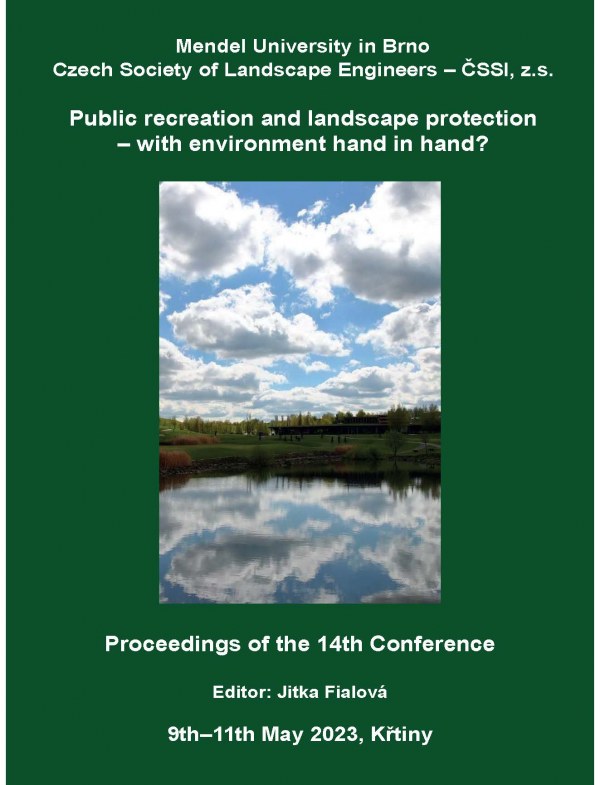
DOI: 10.11118/978-80-7509-904-4-0063
EXPLORING WHITE SPACES ON URBAN MENTAL MAPS
- Miroslav Čibik, Tímea Žolobaničová, Roberta Štěpánková
There are several definitions for the term “white spaces“, and none of them can be fully identified as explicit. This collocation is accompanied by multi-conceptuality, where the group of concepts can include terms such as urban voids, terrain vague, inner periphery, places between places or even weird places. Some of the definitions are closer linked to urban planning - undeveloped places situated in a standing continuous urbanism, which are intended for future development, where is the tendency to supplement the original building so the meaningful structure would be created again. This includes places of local memory loss such abandoned blocks, gap-sites, vacant lot, mid-blocks, innerblocks, micro spaces, courtyards, terraces, or gaps. White spaces can include specific, physical, and substantial urban places hidden under the layer of new structures. They often arise under unclear circumstances, where the cause is a poor-quality spatial planning process, or the forced, regulated, or random abolition of forgotten elements. Presented research will map such seemingly ordinary everyday spaces and review, examine, and confront diverse lost places in the city. Through several mapping methods and specific examples, the presented contribution will reveal how these places were created historically, how they are designed today, who they belong to, what functions they create in the city, or could have created, and what will happen to them in the future.
Keywords: tourism, urban voids, terrain vague, inner periphery, places between places
pages: 63-66, Published: 2023, online: 2023
References
- Back Prochnow, S., Čibik, M. (2022). Unconventional Interventions on Redeveloping Unused Urban Landscapes Based on Social Interactions. Acta Horticulturae et Regiotectuare, 25(1), 92-98.
 Go to original source...
Go to original source... - Čibik, M., Bihuňová, M., Tóth, A. (2022). Scenarios for Open Space Conversion from an Exhibition Ground to a Sustainable Multifunctional Urban Park. In Public recreation and landscape protection - with sense hand in hand?. Brno : Mendel University in Brno, pp. 297-301.
 Go to original source...
Go to original source... - Čibik, M., Tóth, A., Štěpánková, R. (2019). Integration of the Historical Watermill into a Sustainable Peri-Urban Riverfront Redesign. In: Public recreation and landscape protection - with sense hand in hand?. Brno : Mendel University in Brno, pp. 212-216.
- Fornal-Pienak, B., Bihuňová, M. (2022). Evaluation of Current Landscape Architecture Approaches in Chosen Cities in Poland and Slovakia. Acta Horticulturae et Regiotectuare, 25(1), 28-36.
 Go to original source...
Go to original source... - Hajduková, R., Sopirová, A. (2021). Spatial Potential of Middle-Sized Towns in Slovakia: Lost Spaces of Humenné, Levice and Topoľčany. Architecture Papers of the Faculty of Architecture and Design STU, 26(2), 3-13.
 Go to original source...
Go to original source... - Haluzík, R. (2020). Město naruby - Vágní terén, vnitřní periferie a místa mezi misty. Academia, Prague.
- Haluzíková, Ľ. (2020). Vágni Praha: diploma thesis. Czech Technical University in Prague (CTU), Prague.
- Košovan, Š. (2012). Nitra, druhé Coventry?. Garmond Nitra, Nitra.
- Šinka, K., Kuczman, G., Billiková, M., Supuka, J. (2019). Vegetation Structures of the City and Their Use for Recreation Activities. In: Public recreation and landscape protection - with sense hand in hand?. Brno: Mendel University in Brno, pp. 466-472.


